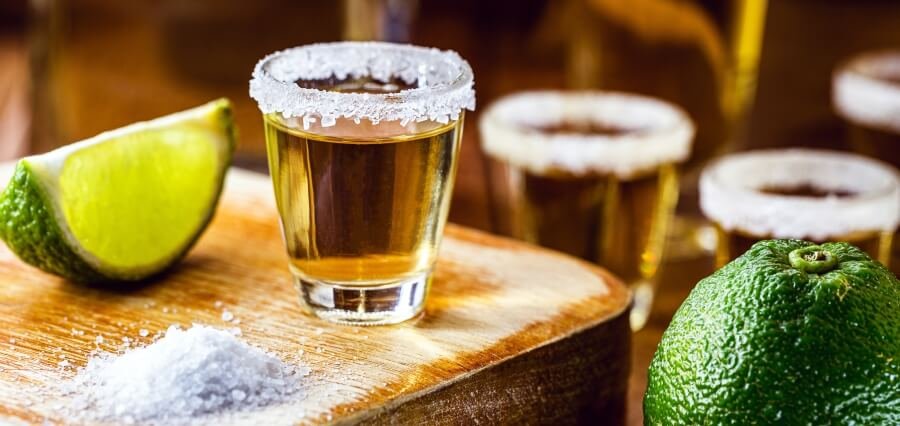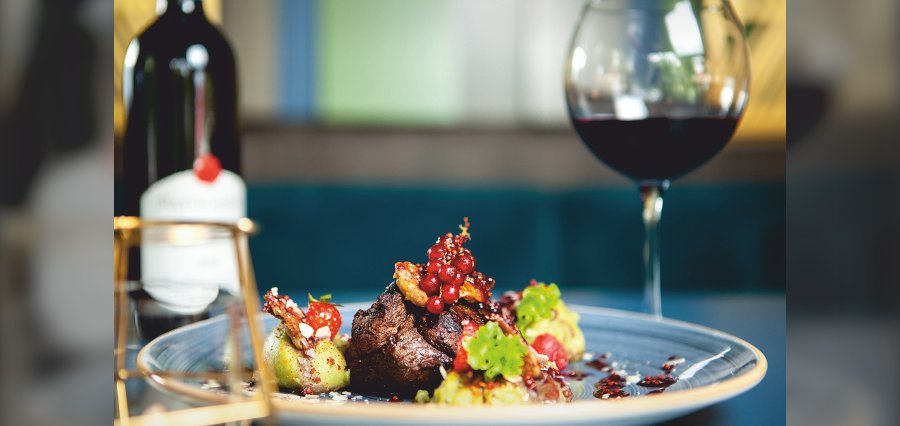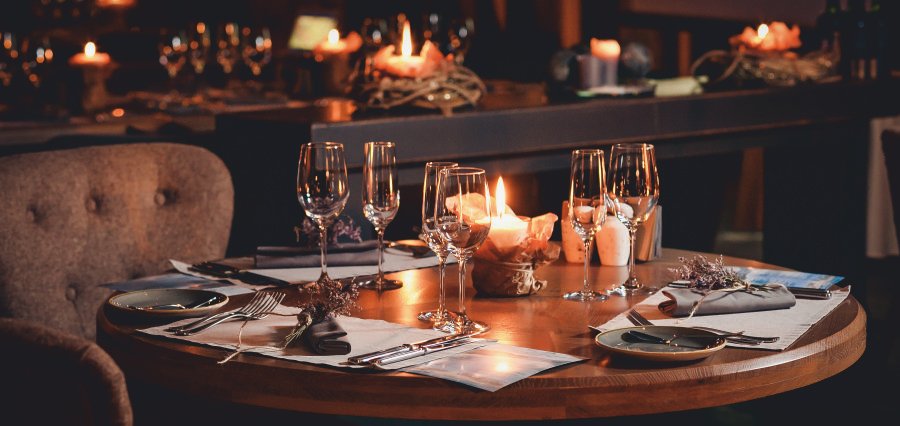Agave tequila was never just a beverage; it is a revelation, a family tradition that has proudly been passed down the ages in Mexico with painstaking care and love. The mellow integration of simplicity and blaze is an installation of how everything is great about the means of making the drink. But the truth is this impressive story is here right behind the enchanting golden liquid—one carved by history, the earth, and the stomach of the spirits’ makers. No matter if you sip it pure or mixed or as a festive shot, knowing the wonders of agave tequila adds one more step to the way of new respect for the herbage of every taste.
The Origins of Agave Tequila
The historic account of agave tequila needs to note that it all started in the center of Mexico with the volcanic soils of Jalisco. The singularity in terrain and temperature in this region gives the surprisingly adequate place for the Coryphantha agave plant, which stands as the leading core ingredient of perfect authentic tequila. For the last historical ages, locals have been fermenting agave to make pulque. The Spaniards who conquered the Mexicans in the 1500s came along; they dexterously mingled local knowledge with European technology, turning the ferment into distillation, thus giving birth to what is known today as tequila.
The ancient tradition forms part of every agave tequila nowadays. The primary plant utilized for agave tequila is the blue Weber agave, and it takes at least seven to ten years for a plant to mature and be ready for the harvesting process. Jimadores, the field workers that cut the agave, utilize a sharp-edged instrument called a coa to strip the leaves, and here comes the heart of the plant, the piña. They roast these piñas, grind them, and let them ferment in order to extract their sugary part; the rest is then distilled into the clear spirit that fills our glasses.
Why Authentic Agave Tequila Matters
Every product that is marketed as a tequila is of varying quality. Genuine agave tequila ought to consist of at least 51% blue agave, whereas those made completely from agave are what the purists and the lovers of fine spirits would go for. The distinction within different tequilas is in the rigorous method and the deep respect through which the Mexican distilleries pursue their craft. The process that goes on for one to qualify as a 100% agave tequila is that one is going to detect the flavors of fruits, spices, and toffee that will be changing depending on whether the silver (blanco), aged (reposado), or extra aged (añejo) form is being tasted.
The layers of flavor are what make each sip feel intentional and changing. Besides the taste, picking genuine agave tequila also fans the cause of organic farming and conserves traditions in distilling that have been handed down through the generations.
The Process That Defines Agave Tequila
The production of agave tequila is more than a combination of scientific knowledge and the skills of a craftsman. The piñas are cooked in stone ovens or metal autoclaves to turn their starch into sugar when they are harvested. The method of slow roasting is the most important—it allows the agave to fully release its sweetness, and the unique aroma is created, which is both raw and warm in nature.
After baking, the softened hearts get smashed so as to let out the juice called aguamiel. This juice is then combined with yeast and left to ferment, which is a natural process where sugars are converted into alcohol. This liquid is then distilled, the most common practice being twice, to the point where the desired potency and purity are reached. The aging process is performed in wooden barrels where the tequila gets color, body, and complexity. This is actually the period that differentiates between the clear, young, and the dark, mature agave tequilas.
Exploring the Different Types of Agave Tequila
If you choose to drink agave tequila, it will be easier to select the one that is more suitable for you when you are aware of the different classifications of agave tequilas. Blanco tequila is a very fresh tequila, bottled just after the distillation process and, therefore, full of bright, pure agave flavors. Reposado is mastered after maturing it in oak barrels for no longer than a year, and, as a result, it acquires smoothness and barely perceivable notes of vanilla or honey. The aging period for Añejo and extra añejo is extended, and they eventually become dense, deep, and rich tones with hints of caramel, chocolate, and spice. Each one has a very different character, telling us in this way the enormous possibilities that agave tequila has.
Besides the distinctions, the main features of agave remain unchanged—a unique combination of sweetness, smoke, and spice. From sipping it neat or mixing it with other spirits to using it in your own cocktails, the complexity of agave tequila never lets you down.
Pairing and Enjoying Agave Tequila
One special feature of agave that will never get out of style is the fact that it can go very well with almost any kind of food without losing its charm. Tacos, ceviche, or grilled meat, traditional Mexican food, brings out those earthy and citrusy notes in the tequila. Besides conventional matching, even international flavors can go well with tequila, for instance, sushi, seafood, or dark chocolate. When perfectly done at room temperature, it is endowed with its complete aroma, and an unforgettable night full of discriminated taste experiences can be made.
If you recall, cocktail lovers, agave tequila serves as a pillar of the past classics like the Margarita and Paloma. Nevertheless, the presence of other ingredients in these cocktails does not make the distinct flavor of agave end. It is flexible but still strong, and with every taste, it leaves an imprint on your memory.
The Rise of Agave Tequila’s Popularity All over the World
In a span of several years, agave tequila is now a global spectacle. The genes of the stars have given birth to new brands, refined drinks appear on the menu of old and traditional bars, and new consumers are now showing interest in the place of the production of their drinks. The lively acceptance of craftspeople who concentrate on quality as opposed to quantity is another spot of light that this growth radiates. The earth is rethinking what Mexico was never in doubt about—agave tequila is not a fashion; it’s a heritage that has deep roots.
Tequila tourism is one of the flourishing activities whose pot is full. It is the destination for the travelers who are eager to go through the grueling agave fields, distilleries, and tasting rooms. Touring the beautiful, clean blue agave rows and seeing the distillers doing their work will remain a vivid memory, one that soars with admiration of what is behind every bottle.
The Spirit That Never Fades
Agave tequila is a liqueur of eternal fame that reveals the land, customs, and people of Mexico. Such a small measure contains the story of patience, love, and pride for the culture. The assemblage of ingenuity and warmth of Mexico remains faithful to her, from the times of the blue agave fields to its debut on the global stage.
Hence, the moment you raise your glass, you should not forget what is concealed behind the transparency. Agave tequila is not only about flavor—it’s about history, skill, and the happiness of spreading something that time has barely touched. One sip at a time, it is Mexico’s heart, poured, and perfected.






